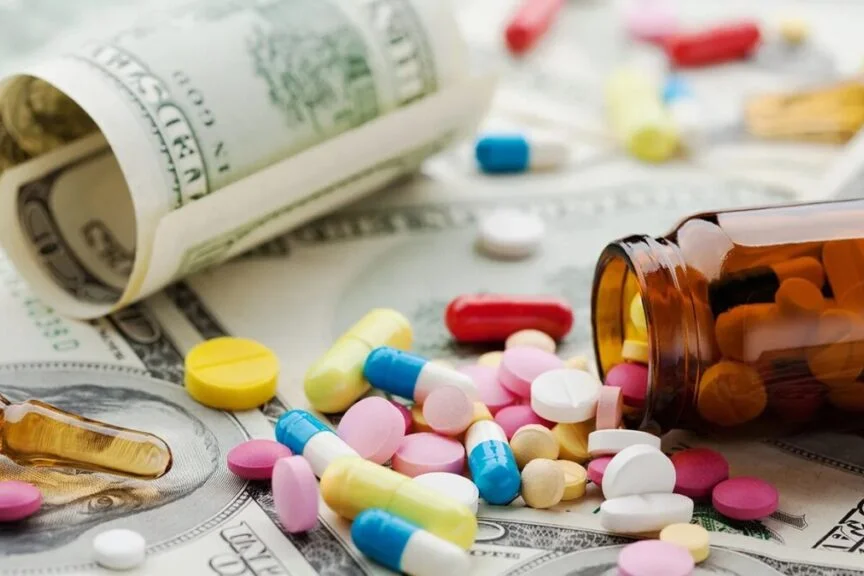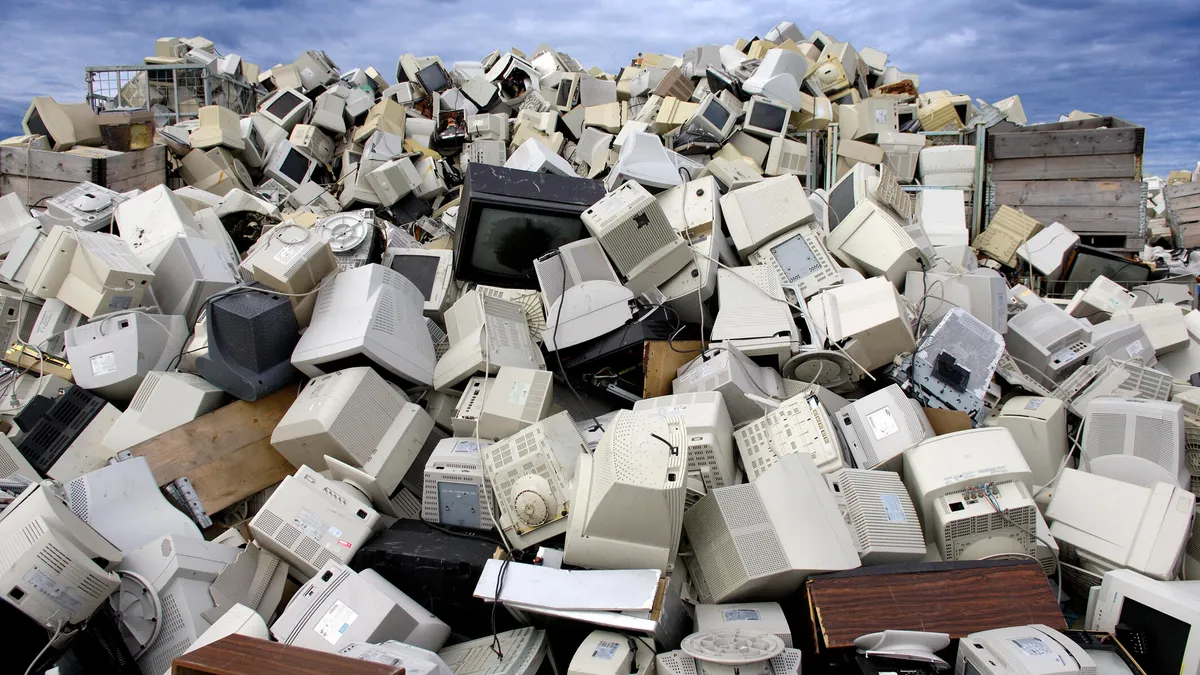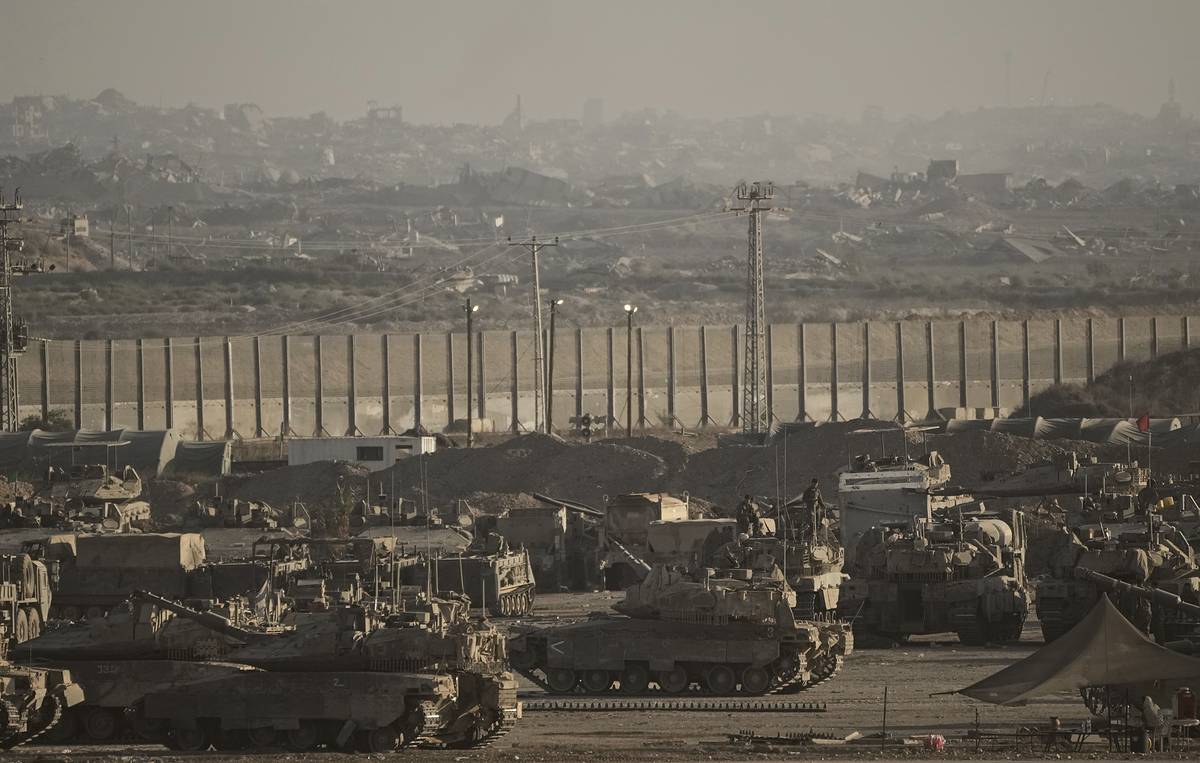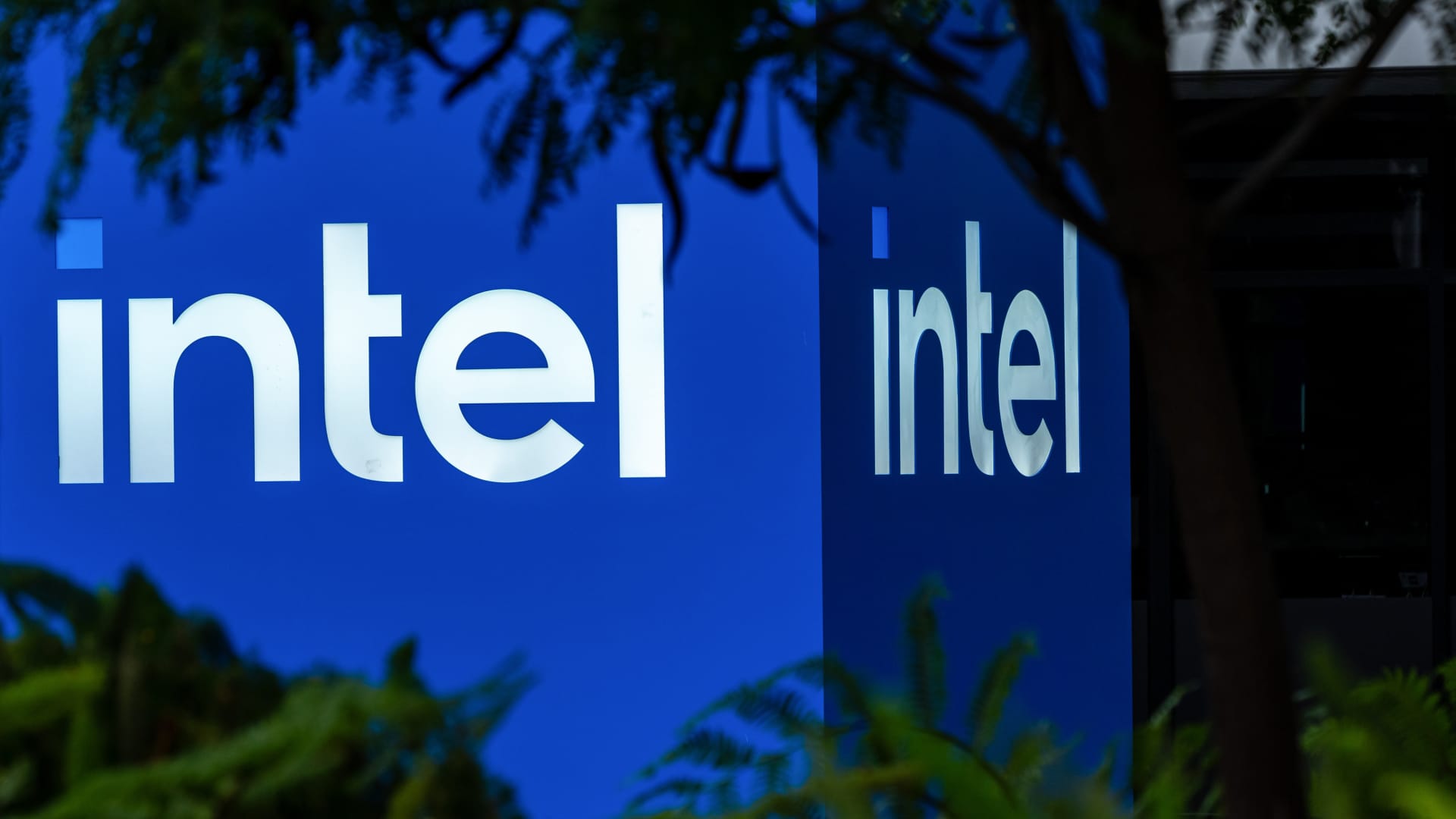Trump’s 100% Pharmaceutical Tariff: The $270 Billion Manufacturing War That Could Reshape Your Medicine Cabinet

Trump’s sweeping 100% pharmaceutical tariff starting October 1 triggers massive $270 billion industry investment surge, creating clear stock market winners like Eli Lilly while foreign-dependent companies now face potential disaster.
President Donald Trump’s announcement Thursday of a 100% tariff on branded and patented pharmaceuticals has triggered the most dramatic reshuffling of pharmaceutical stock valuations in decades, creating a stark divide between companies positioned to benefit from domestic manufacturing reshoring and those facing severe import penalties beginning October 1.
The policy, which exempts companies with U.S. manufacturing plants under construction, has already sparked over $270 billion in industry investment commitments and fundamentally altered the competitive landscape for pharmaceutical stocks. For investors, the new tariff regime presents both extraordinary opportunities and significant risks, with stock performance likely determined by each company’s manufacturing footprint and ability to rapidly shift production domestically.
The Clear Winners: Domestic Manufacturing Champions
Eli Lilly (NYSE: LLY) emerges as the undisputed winner from Trump’s tariff policy, perfectly positioned to capitalize on the massive shift toward domestic pharmaceutical production. The Indianapolis-based company operates the largest U.S. manufacturing network with nine domestic plants and has committed an unprecedented $50 billion to American manufacturing since 2020, including a recent $27 billion announcement for four new U.S. facilities.
CEO David Ricks, a known Trump ally, has positioned Lilly to benefit from both the reshoring trend and proposed corporate tax reductions that make domestic manufacturing more competitive. The company’s three new active pharmaceutical ingredient (API) manufacturing facilities directly address the critical shortage of domestic ingredient production, giving Lilly substantial pricing power as tariffs increase import costs for competitors.
Vertex Pharmaceuticals (NASDAQ: VRTX) represents the ideal tariff-protected model, conducting 100% of its manufacturing in Boston, Massachusetts. This pure-play domestic manufacturing approach provides zero exposure to tariff risks while positioning the company to potentially raise prices as foreign competitors face import penalties. With no additional investment needed to comply with the new policy, Vertex’s profit margins could expand significantly as the market reprices pharmaceutical products to reflect tariff costs.
AbbVie (NYSE: ABBV) stands out among large pharmaceutical companies with nine domestic plants versus nine foreign facilities, giving it the highest domestic manufacturing ratio among major pharmaceutical stocks. The company’s recent $10 billion investment commitment over the next decade, including a $195 million expansion of its North Chicago API facility, further strengthens its competitive position. AbbVie’s balanced manufacturing approach means minimal tariff exposure while maintaining cost advantages from strategic overseas operations.
The Technology Advantage
Bristol Myers Squibb (NYSE: BMY) benefits from having already established a higher domestic versus foreign manufacturing ratio, requiring minimal reshoring investment to maintain competitiveness. The company’s strong U.S. production base for key oncology and immunology drugs positions it well as healthcare systems seek reliable domestic suppliers to avoid supply chain disruptions.
Pfizer (NYSE: PFE) leverages its extensive network of 11 U.S. manufacturing sites across nine states, with CEO Albert Bourla explicitly stating the company can “transfer from manufacturing sites outside to manufacturing sites here” to mitigate tariff impacts. This production flexibility allows Pfizer to shift manufacturing based on cost optimization while avoiding tariff penalties.
The Vulnerable
Novartis (NYSE: NVS) faces perhaps the most severe tariff exposure among major pharmaceutical companies, with limited U.S. API manufacturing and extensive overseas operations. Investment analysts project potential annual losses of up to $800 million from tariff impacts, forcing the Swiss company to announce a $23 billion U.S. investment commitment over five years, including seven new American facilities. However, the 5-10 year timeline for new manufacturing facilities means Novartis will absorb significant tariff costs before domestic capacity comes online.
Roche (OTCQX: RHHBY) confronts even greater challenges as a Swiss-based company outside the European Union, exposing it to the full 39% tariff rate for non-EU pharmaceutical imports. Analysts project up to 1 billion Swiss francs in annual impact from the tariff policy, despite the company’s announced $50 billion U.S. investment over five years, including a gene therapy facility in Pennsylvania. The complex nature of biotechnology manufacturing makes Roche’s production transition particularly challenging and expensive.
Amgen (NASDAQ: AMGN) and Biogen (NASDAQ: BIIB) represent the most vulnerable biotech stocks due to their foreign manufacturing exposure and tax structures. Amgen’s operations in Ireland and Singapore provide a 6% benefit to its effective tax rate from foreign operations, while Biogen realizes an 8% benefit from foreign earnings through its operations in Switzerland and North Carolina. Both companies lack major announced U.S. manufacturing investment commitments compared to competitors, leaving them exposed to sustained tariff impacts.
European Giants Under Pressure
The tariff policy systematically disadvantages European pharmaceutical companies, with Sanofi (NASDAQ: SNY) operating 16 major overseas plants and facing 15% tariffs on European manufacturing despite its $20 billion U.S. investment commitment through 2030. GSK (NYSE: GSK) presents the largest overseas exposure risk, operating 31 major plants outside the U.S.—the most extensive international manufacturing network among major pharmaceutical companies.
AstraZeneca (NASDAQ: AZN) faces moderate impact from UK-based operations and potential 10% tariffs, though its recent $3.5 billion U.S. expansion announcement provides some protection. Novo Nordisk (NYSE: NVO), despite its long-standing U.S. presence, remains vulnerable to EU tariff exposure on its European manufacturing operations.
Market Dynamics and Investment Timeline
The pharmaceutical sector’s $270 billion investment surge represents the largest industrial reshoring movement in U.S. history, but the 5-10 year timeline for new manufacturing facilities creates extended periods of competitive advantage for companies with existing domestic capacity. Stock performance will likely diverge significantly based on each company’s ability to immediately capitalize on tariff protection versus those requiring years of transition investment.
Active Pharmaceutical Ingredient (API) manufacturing presents particular opportunities, as only 9% of API manufacturers currently operate in the U.S., compared to 22% in China and 44% in India. Companies investing heavily in domestic API production (particularly Eli Lilly, AbbVie, and Merck (NYSE: MRK))position themselves to capture significant market share as import costs increase.
The biologics and specialty drug segments face unique challenges due to complex manufacturing requirements and longer development timelines. Companies with existing U.S. biologics capacity, including Pfizer, Merck, and major biotech firms, maintain substantial advantages in these high-value therapeutic areas.
Consumer Impact Creates Market Pressure
The tariff policy’s consumer implications add complexity to stock valuations. With 30% of American adults already skipping medications due to cost and 27.4 million uninsured Americans facing full price exposure, tariff-induced price increases could reduce demand for pharmaceutical products. Companies with strong domestic manufacturing may benefit from market share gains, but overall market growth could decelerate as affordability challenges intensify.
Record-high drug shortages, with 323 active shortages reported, create additional risks for companies dependent on foreign manufacturing. Hospitals facing up to 20% increases in drug expenses due to shortages represent a substantial market opportunity for domestic manufacturers able to provide reliable supply.
Investment Implications
The tariff policy creates a clear investment thesis favoring domestic manufacturing leaders while penalizing foreign-dependent operations. Eli Lilly, Vertex, and AbbVie represent the strongest plays on pharmaceutical reshoring policy, offering both immediate tariff protection and long-term competitive advantages from domestic capacity investments.
Conversely, foreign-dependent companies like Novartis, Roche, and Amgen can expect multi-year headwinds from tariff exposure and transition costs, making them potentially attractive value plays only for investors with extended time horizons, willing to wait for manufacturing transitions to complete.
The $270 billion investment commitment represents a fundamental restructuring of global pharmaceutical manufacturing, creating both the largest industrial policy success story and the most significant supply chain disruption in the sector’s modern history. For investors, the key question is no longer whether pharmaceutical manufacturing will return to America, but which companies will dominate the new domestic-focused landscape.
Healthcare stakeholders must prepare for a potentially turbulent period characterized by higher costs, supply disruptions, and increased complexity in accessing essential medications. Hoping, at the same time, that longer-term benefits of domestic manufacturing capacity materialize without sacrificing patient welfare in the interim.



